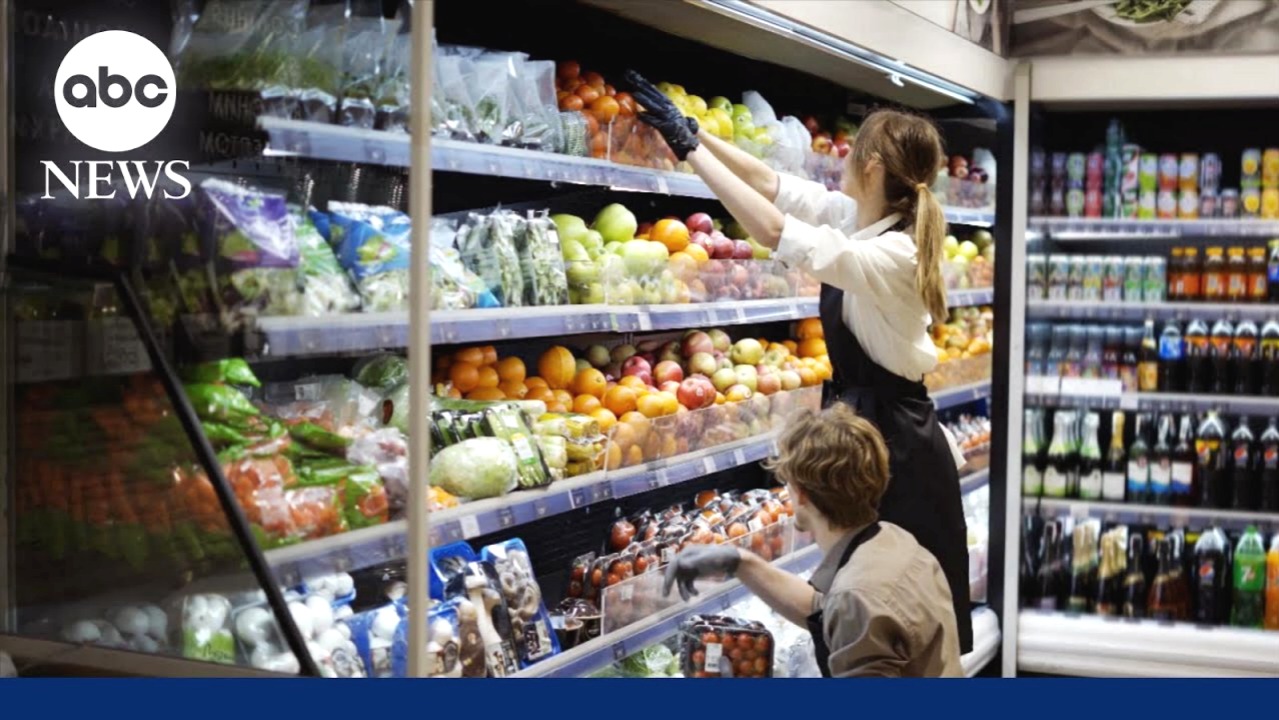August 2025 saw a sharp rise in consumer prices as the U.S. Bureau of Labor Statistics reported a 2.9% increase, fueled by tariffs, inflation, and the rising cost of essential items such as food. Despite promises by President Trump to lower grocery prices, recent data shows an opposite trend, signaling tough times ahead for American consumers.
ABC News investigative reporter Olivia Rubin reports that grocery prices alone surged by half a percent last month, marking the largest monthly increase since 2022. This steep rise is not limited to one or two products but spans across a variety of everyday food items.
One of the most notable price hikes is in coffee, which increased nearly 4% in August alone. Over the past year, coffee prices have jumped a staggering 20%. Experts attribute this surge in part to tariffs imposed on coffee imports from key supplier countries such as Vietnam and Brazil. Brazil, in particular, is the largest source of coffee imports for the United States, and these trade barriers have put significant upward pressure on prices.
Beef products are also experiencing dramatic price increases. Ground beef prices have climbed approximately 13% compared to last year, while steaks saw an even higher jump of about 16%. Several factors are driving this rise, including drought conditions and cattle shortages, both of which have strained the supply chain and pushed prices higher.
Tomatoes, a staple in many households, have not been spared either. A tariff on tomatoes imported from Mexico went into effect in mid-July, contributing to a 4.5% price increase in the last month. Eggs, another essential grocery item often highlighted during political campaigns, are up nearly 11% since last year. Though egg prices didn’t rise significantly last month, long-standing challenges such as bird flu outbreaks and tariffs have contributed to their sustained price increase.
These rising costs are alarming for consumers who already feel the pinch of inflation in other sectors. The overall 2.9% increase in consumer prices in August adds to a growing sense of financial pressure, particularly as the average American family grapples with increasingly expensive groceries.
Amid this inflation surge, financial markets are now closely watching the Federal Reserve’s upcoming decision on interest rates, scheduled for Wednesday this week. President Trump has publicly urged Fed Chair Jerome Powell to cut interest rates in an effort to stimulate the economy, despite rising inflation figures. Analysts expect the Fed to respond by lowering rates, driven largely by concerns over a slowing job market.
Olivia Rubin explains that while the rate cut is seen as a move to boost economic activity, it may also complicate efforts to rein in inflation. Lower interest rates generally encourage more borrowing and spending, potentially fueling further price increases.
The administration’s stance remains clear: combating inflation while trying to boost economic growth. However, many economists warn that without addressing the underlying issues such as tariffs and supply chain disruptions, consumer prices will continue to rise, making basic necessities increasingly unaffordable for many Americans.
In summary, the recent data from the U.S. Bureau of Labor Statistics underscores a troubling trend of rising grocery prices, contributing to an overall 2.9% surge in consumer prices in August. Driven by tariffs, supply shortages, and inflation, these increases highlight the challenges facing American households today.
As the Federal Reserve prepares to meet this week, the decisions made will have far-reaching implications for inflation control and the future cost of living in the U.S. For now, consumers are bracing for continued price increases at the grocery store, adding to growing financial uncertainty.
